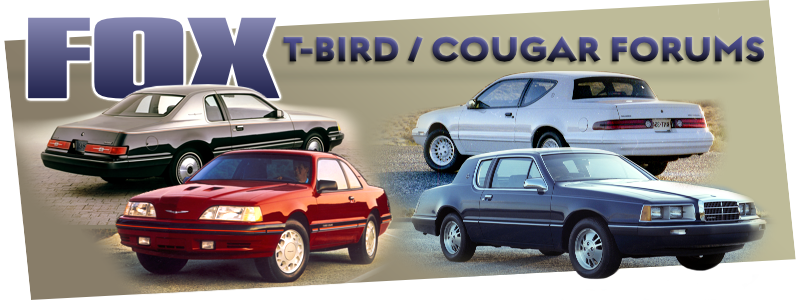 Topic: interesting old transmission article i found just now abotu AOD swap in (Read 2578 times)
previous topic - next topic
Topic: interesting old transmission article i found just now abotu AOD swap in (Read 2578 times)
previous topic - next topic

 Topic: interesting old transmission article i found just now abotu AOD swap in (Read 2578 times)
previous topic - next topic
Topic: interesting old transmission article i found just now abotu AOD swap in (Read 2578 times)
previous topic - next topic